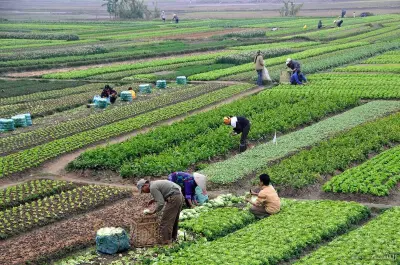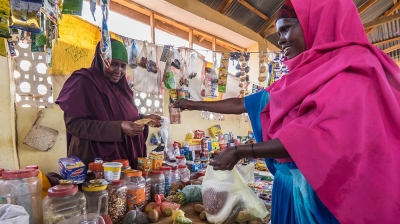


Directory of Fruit suppliers in Somalia
 Minutes dibad2 weeks ago
Minutes dibad2 weeks ago GemstonesGranite, Quartzite, Sandstone, Topaz, Emerald, Meteorite
GemstonesGranite, Quartzite, Sandstone, Topaz, Emerald, Meteorite ابراهيم10 months ago
ابراهيم10 months ago الاحجارالكريمةDiamond
الاحجارالكريمةDiamond Mohamed Abubakar16 months ago
Mohamed Abubakar16 months ago Tourmaline
Tourmaline




 GemstonesGranite, Quartzite, Sandstone, Topaz, Emerald, Meteorite
GemstonesGranite, Quartzite, Sandstone, Topaz, Emerald, Meteorite الاحجارالكريمةDiamond
الاحجارالكريمةDiamond Tourmaline
Tourmaline